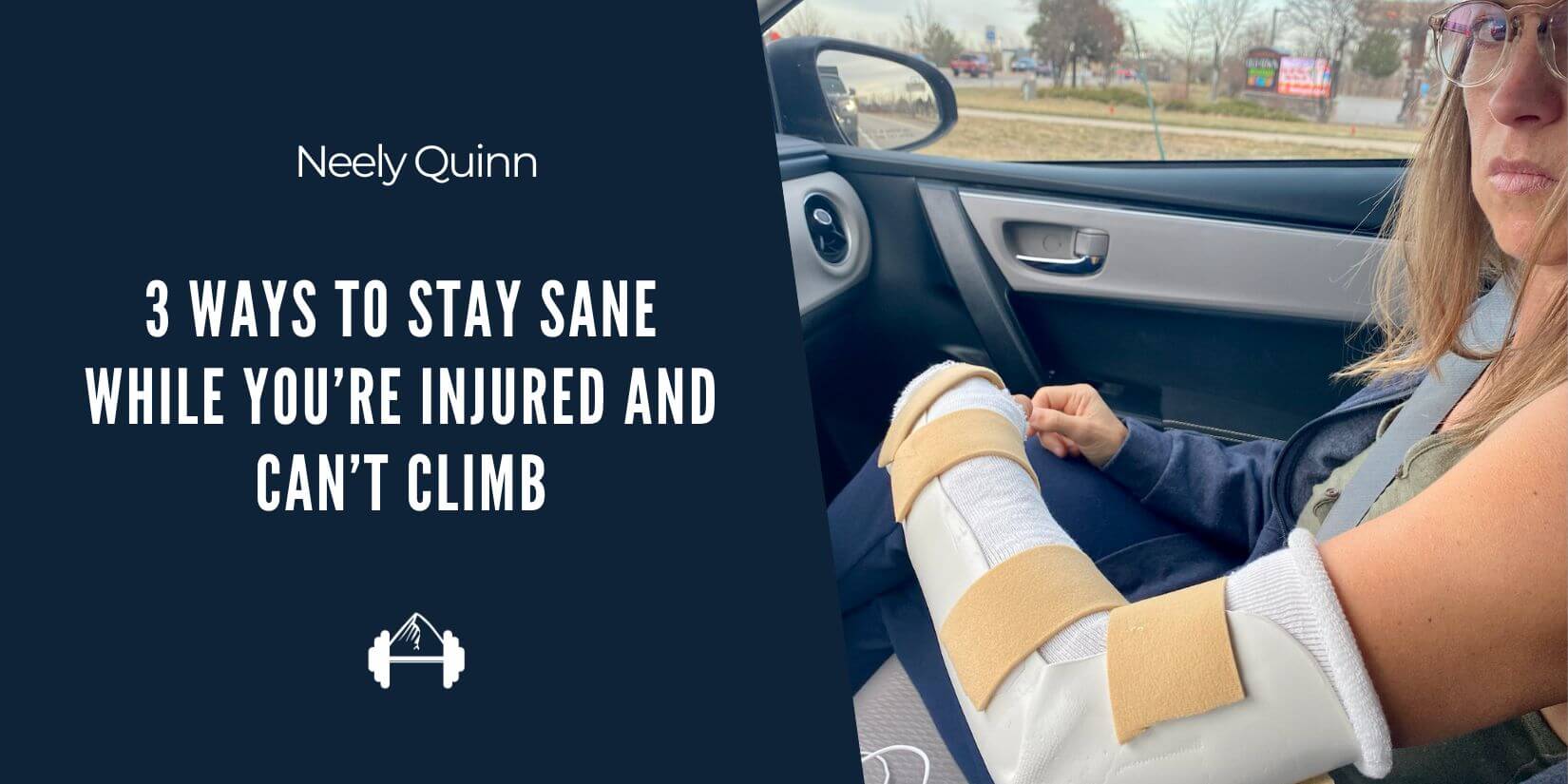In his ongoing series on weight loss, Brian Rigby of Climbing Nutrition has been exploring the topic from a variety of different viewpoints. His aim is to take the complicated world of nutrition and distill it down to what is actually important for climbers trying to lose weight.
Today, we have the third installment in the Climbing Nutrition series on weight loss. In it, Rigby looks at the role rules play in diets and how we should recontextualize them. Ultimately, Rigby is trying to help us shift our perception of weight loss away from strictly following the rules of a restrictive diet towards the creation of long-term healthy habits.
“In this way, rules are certainly important; without rules, there would be no way to differentiate diets. However, the “hardness” of rules hides a simple truth: the rules are also arbitrary. Different people successfully lose weight on an impressive array of diets not because the rules are in-and-of-themselves important, but because they guide a person towards the dietary behaviors that are actually important—dietary conscientiousness and caloric restriction.”
“These are the “core rules”—the only rules that really make a difference. Any diet that encourages a person to be mindful about what they eat and also helps them restrict how many calories they consume will likely be successful, but it has little to do with specifics such as which foods are allowed or where those foods are sourced from.” – Brian Rigby
The Rules of Losing Weight
However, Rigby goes beyond simply pointing out that when it comes to weight loss we shouldn’t be concerned with the individual rules of any particular diet. He also continues to stress that we should instead focus on dietary conscientiousness and caloric restriction if we want to be successful with weight loss in the long run.
To give you some actionable advice, Rigby does outline a series of weight loss guidelines. His aim is to give you these guidelines so you can use them to examine the rules of any restrictive diet. They are:
- Limit processed foods
- Eat more whole foods
- Eat more fibrous vegetables
- Cut sweetened beverages
- Up your protein
- Measure your food
Unlike rules that only restrict what foods you can eat, these guidelines are flexible. This means that you can use these guidelines to customize your diet to fit your individual tastes and dietary needs. Obviously, this is a much more sustainable approach to weight loss and dietary change than simply being restricted to a certain set of foods.
Click through below to learn more and read the full article for yourself. If you haven’t also read Part I and Part II of Rigby’s weight loss series, don’t miss them. All three of these articles contain information that will not only help you lose weight, but also find a healthier performance diet in the long run.
Full Article: Climbing Nutrition – The Rules of Losing Weight
(photo courtesy of climbingnutrition.com)
Other Articles You Might Like:
- TBP 070 :: Josh Dreher on Losing Weight and Home Gym Training
- How to Time Weight Loss
- TBP 046 :: Neely Quinn on Weight Loss for Climbers
- Introduction to Losing Weight for Climbing






Nice article, expecially this can be adaptate for vegan climber 🙂